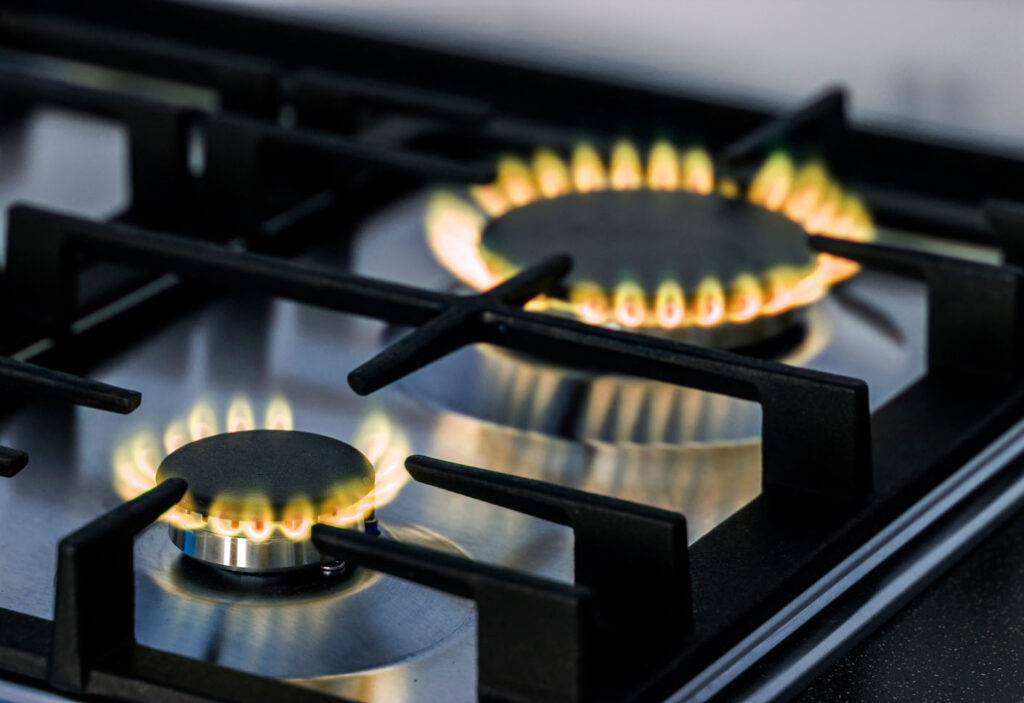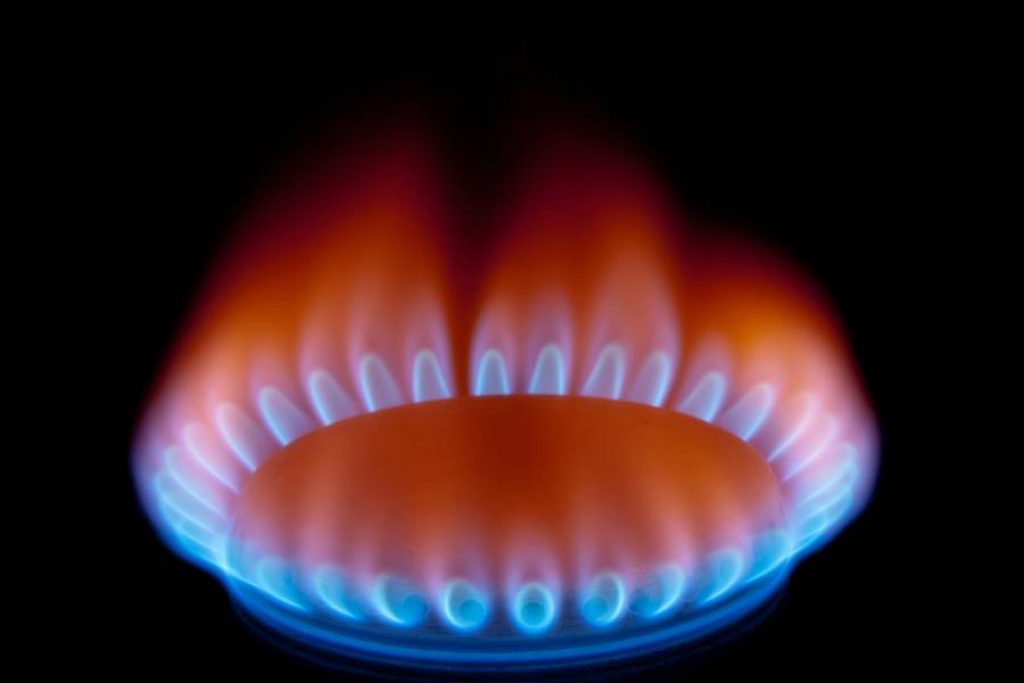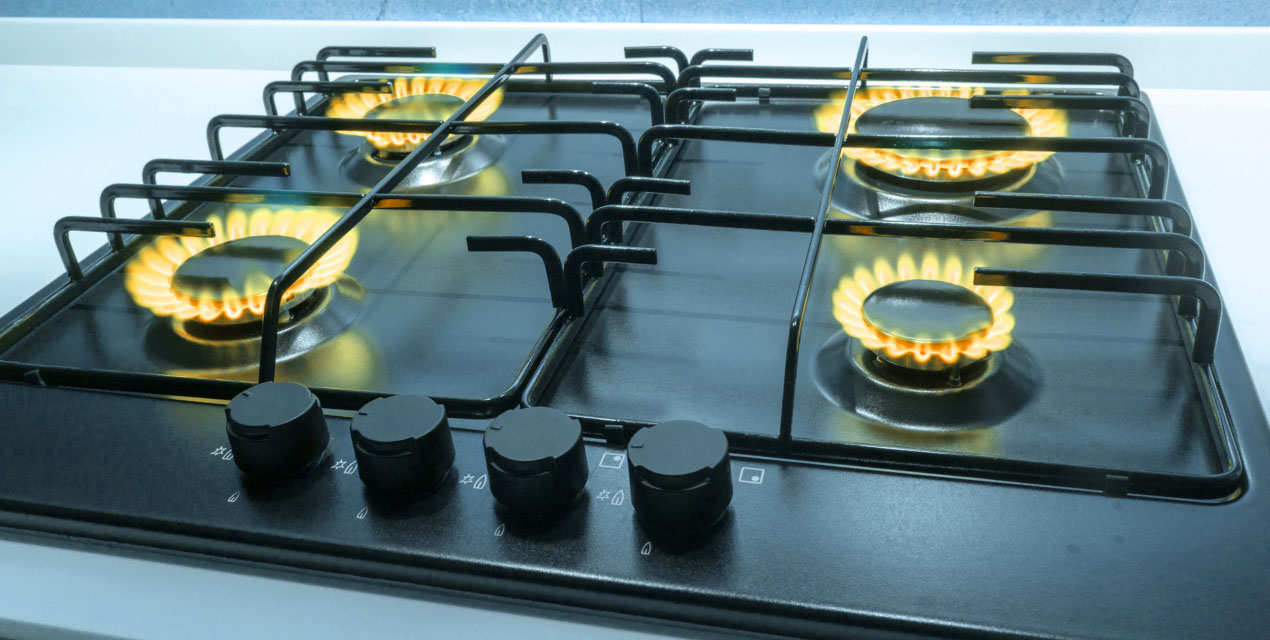Orange Flame On Gas Stove
Orange Flame On Gas Stove - It is a sign of incomplete combustion, which can produce carbon monoxide, a poisonous gas, and can have several safety implications: Yes, an orange flame on a gas stove is dangerous. It’s essential to address the issue promptly and take the. If your gas stove produces flames that have an orange color, partially or completely, it means that the kitchen appliance needs proper cleaning or even a good. Incomplete combustion produces carbon monoxide (co), a. Fixing orange flame on your gas stove. Before reassembling the stove, remember to clean the orifices, clean the burner, switch off the humidifier, adjust the air shatter, and dismantle. There are several reasons why a gas stove may suddenly have an orange flame, including clogged burners, food spillage, increased humidity, or incorrect installation. The orange flame indicates that you should clean your gas stove, a simple diy chore.
It is a sign of incomplete combustion, which can produce carbon monoxide, a poisonous gas, and can have several safety implications: It’s essential to address the issue promptly and take the. There are several reasons why a gas stove may suddenly have an orange flame, including clogged burners, food spillage, increased humidity, or incorrect installation. Incomplete combustion produces carbon monoxide (co), a. Fixing orange flame on your gas stove. Yes, an orange flame on a gas stove is dangerous. The orange flame indicates that you should clean your gas stove, a simple diy chore. If your gas stove produces flames that have an orange color, partially or completely, it means that the kitchen appliance needs proper cleaning or even a good. Before reassembling the stove, remember to clean the orifices, clean the burner, switch off the humidifier, adjust the air shatter, and dismantle.
The orange flame indicates that you should clean your gas stove, a simple diy chore. If your gas stove produces flames that have an orange color, partially or completely, it means that the kitchen appliance needs proper cleaning or even a good. Fixing orange flame on your gas stove. Incomplete combustion produces carbon monoxide (co), a. Before reassembling the stove, remember to clean the orifices, clean the burner, switch off the humidifier, adjust the air shatter, and dismantle. It is a sign of incomplete combustion, which can produce carbon monoxide, a poisonous gas, and can have several safety implications: Yes, an orange flame on a gas stove is dangerous. There are several reasons why a gas stove may suddenly have an orange flame, including clogged burners, food spillage, increased humidity, or incorrect installation. It’s essential to address the issue promptly and take the.
Orange Flame On Gas Stove? Here’s What To Do
It is a sign of incomplete combustion, which can produce carbon monoxide, a poisonous gas, and can have several safety implications: Fixing orange flame on your gas stove. If your gas stove produces flames that have an orange color, partially or completely, it means that the kitchen appliance needs proper cleaning or even a good. It’s essential to address the.
Orange Flame On Gas Stove Should You Worry About It?
There are several reasons why a gas stove may suddenly have an orange flame, including clogged burners, food spillage, increased humidity, or incorrect installation. It’s essential to address the issue promptly and take the. Before reassembling the stove, remember to clean the orifices, clean the burner, switch off the humidifier, adjust the air shatter, and dismantle. Fixing orange flame on.
Orange Flame on Gas Stove You Should Pay Attention
It is a sign of incomplete combustion, which can produce carbon monoxide, a poisonous gas, and can have several safety implications: The orange flame indicates that you should clean your gas stove, a simple diy chore. It’s essential to address the issue promptly and take the. Incomplete combustion produces carbon monoxide (co), a. Fixing orange flame on your gas stove.
Orange Flame On Gas Stove Should You Worry About It?
There are several reasons why a gas stove may suddenly have an orange flame, including clogged burners, food spillage, increased humidity, or incorrect installation. If your gas stove produces flames that have an orange color, partially or completely, it means that the kitchen appliance needs proper cleaning or even a good. It is a sign of incomplete combustion, which can.
Orange Flame On Gas Stove Should You Worry About It?
There are several reasons why a gas stove may suddenly have an orange flame, including clogged burners, food spillage, increased humidity, or incorrect installation. Incomplete combustion produces carbon monoxide (co), a. The orange flame indicates that you should clean your gas stove, a simple diy chore. It’s essential to address the issue promptly and take the. If your gas stove.
Orange Flame On Gas Stove? Here’s What To Do
It is a sign of incomplete combustion, which can produce carbon monoxide, a poisonous gas, and can have several safety implications: Incomplete combustion produces carbon monoxide (co), a. If your gas stove produces flames that have an orange color, partially or completely, it means that the kitchen appliance needs proper cleaning or even a good. Yes, an orange flame on.
Orange Flame on The Gas Stove Causes & Fixes HowdyKitchen
Yes, an orange flame on a gas stove is dangerous. The orange flame indicates that you should clean your gas stove, a simple diy chore. It’s essential to address the issue promptly and take the. Fixing orange flame on your gas stove. It is a sign of incomplete combustion, which can produce carbon monoxide, a poisonous gas, and can have.
Orange Flame on The Gas Stove Causes & Fixes HowdyKitchen
If your gas stove produces flames that have an orange color, partially or completely, it means that the kitchen appliance needs proper cleaning or even a good. It’s essential to address the issue promptly and take the. Incomplete combustion produces carbon monoxide (co), a. Yes, an orange flame on a gas stove is dangerous. Before reassembling the stove, remember to.
Orange Flame On Gas Stove Should You Worry About It?
There are several reasons why a gas stove may suddenly have an orange flame, including clogged burners, food spillage, increased humidity, or incorrect installation. It’s essential to address the issue promptly and take the. It is a sign of incomplete combustion, which can produce carbon monoxide, a poisonous gas, and can have several safety implications: Incomplete combustion produces carbon monoxide.
Orange Flame on Gas Stove You Should Pay Attention
It is a sign of incomplete combustion, which can produce carbon monoxide, a poisonous gas, and can have several safety implications: Before reassembling the stove, remember to clean the orifices, clean the burner, switch off the humidifier, adjust the air shatter, and dismantle. Incomplete combustion produces carbon monoxide (co), a. The orange flame indicates that you should clean your gas.
Before Reassembling The Stove, Remember To Clean The Orifices, Clean The Burner, Switch Off The Humidifier, Adjust The Air Shatter, And Dismantle.
Fixing orange flame on your gas stove. Incomplete combustion produces carbon monoxide (co), a. The orange flame indicates that you should clean your gas stove, a simple diy chore. It’s essential to address the issue promptly and take the.
Yes, An Orange Flame On A Gas Stove Is Dangerous.
If your gas stove produces flames that have an orange color, partially or completely, it means that the kitchen appliance needs proper cleaning or even a good. It is a sign of incomplete combustion, which can produce carbon monoxide, a poisonous gas, and can have several safety implications: There are several reasons why a gas stove may suddenly have an orange flame, including clogged burners, food spillage, increased humidity, or incorrect installation.









